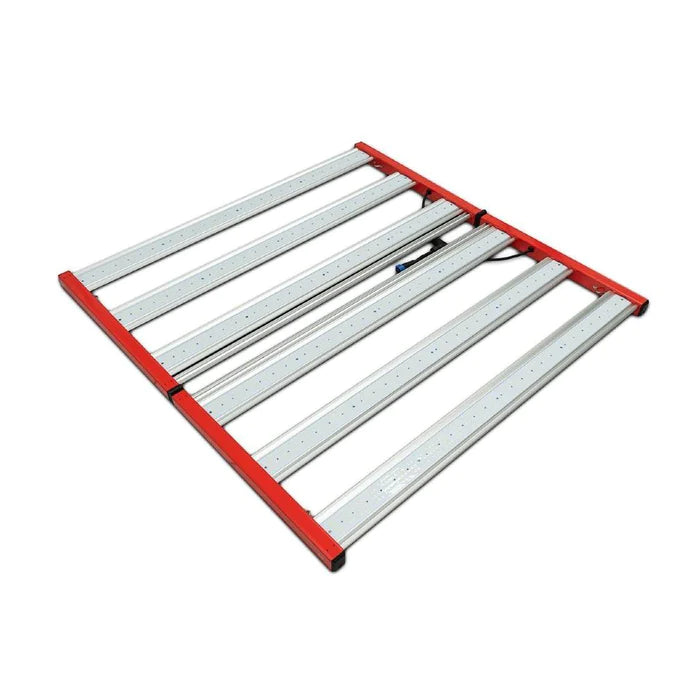
Meeting the Standard: How We Built the BVV 2-and-4CYL for Safety
, by BVV Team, 6 min reading time

, by BVV Team, 6 min reading time
At BVV, we believe that safety is paramount to a successful botanical extraction business. In a previous article, we wrote about the basics of Current Good Manufacturing Processes and following Standard Operating Procedures and their importance in manufacturing safe, pure, and consistent end-products. We’ve also shared Best Practices for a Safe Processing Lab. With this article, we explain how we designed the BVV Butane Recovery Pumps to adhere to safety standards.
At BVV, we believe that safety is paramount to a successful botanical extraction business. With this article, we explain how we designed the BVV Butane Recovery Pumps to adhere to safety standards.
In a previous article, we wrote about the basics of Current Good Manufacturing Processes and following Standard Operating Procedures and their importance in manufacturing safe, pure, and consistent end-products. We’ve also shared Best Practices for a Safe Processing Lab. Read on to learn how the BVV 2- and 4-Cylinder Butane Recovery Pumps were built for safe manufacturing.
When a manufacturing process requires hazardous materials (such as butane and other solvents used in botanical processing), government regulations mandate the safety of those operations to protect workers and the general public from the risks of fires or explosions. To minimize these risks, it is important to know that electrical equipment can and does cause fires and/or explosions in certain atmospheres. Furthermore, we can choose electrical/electronic equipment that is designed, tested, and labeled as being acceptable for use in specific Hazardous Classified Locations. [Grainger]
Class 1, Division 1 (C1D1), and Class 1, Division 2 (C1D2) are government-enforced hazard classification systems used when a facility’s operation includes flammable gases, vapors, or liquids that could cause an explosion or fire hazard. The C1D1 and/or C1D2 classification applies to the physical areas wherein these substances could cause harm to an employee or any other person and are used to prevent the occurrences and to minimize their harm if they do occur.
|
Class I, Division 1 Location (C1D1) |
Class II, Division 2 Location (C1D2) |
|
“in which ignitable concentrations of flammable gases or vapors may exist under normal operating conditions; or in which ignitable concentrations of such gases or vapors may frequently exist because of repair or maintenance operations or because of leakage; or in which breakdown or faulty operation of equipment or processes might release ignitable concentrations of flammable gases or vapors, and might also cause simultaneous failure of electric equipment.” (osha.gov) |
“in which volatile flammable liquids or flammable gases are handled, processed, or used, but in which the hazardous liquids, vapors, or gases will normally be confined within closed containers or closed systems from which they can escape only in case of accidental rupture or breakdown of such containers or systems, or in case of abnormal operation of equipment; or in which ignitable concentrations of gases or vapors are normally prevented by positive mechanical ventilation, and which might become hazardous through failure or abnormal operations of the ventilating equipment; or that is adjacent to a Class I, Division 1 location, and to which ignitable concentrations of gases or vapors might occasionally be communicated unless such communication is prevented by adequate positive-pressure ventilation from a source of clean air, and effective safeguards against ventilation failure are provided.” (osha.gov) |
Here’s a fun fact: the TRS21 and the BVV 2-and-4-Cylinder Butane Recovery Pumps and are the only butane recovery pumps in America certified for C1D2 and ISA/ANSI 12.12.1 (Spark Free) standards.
The standard consists of a component review under normal use conditions to see if the equipment tested creates a spark or ignition source. Items like relays, switches, and fuses would have to meet or be tested to IP67 air-tight seal standards.
The BVV Butane Recovery Pumps were tested for their individual components as well as the complete system. Below are the steps of the testing procedure to qualify the pump design.
C1D1 standards would require abnormal failures or usages to be protected against sparking. Thus, wires are encased, motors are oil-impregnated, and moving materials are spark-suppressed or sealed. In most cases, C1D1 units are hard-wired into the power supply in a seal NEMA type box. Use of extension cords (unless C1D1 rated) is prohibited.

Remove the housing of the pump and you will notice the computer mounted below the main motor. Below, there are wires and cables that connect from the PCB up to the operator’s switch, LED indicator, and fan motor. All of these components are protected from a disconnection within the housing. The switch and LED indicator are rated IP67 or UL1500, and are considered spark-free for ANSI 12.12.1. Exposed wiring and connectors are allowed to be used on our pump; they are safely installed behind the housing and will avoid them being accidentally ripped off during operation. Accidental removal is considered to be abnormal for the operation of the pump and thus is not a requirement to meet the ANSI 12.12.1 certification. The 10’ power cable has a lock built in to prevent accidental disconnection while running. This eliminates the chance for a spark and satisfies the requirements for ANSI 12.12.1.


